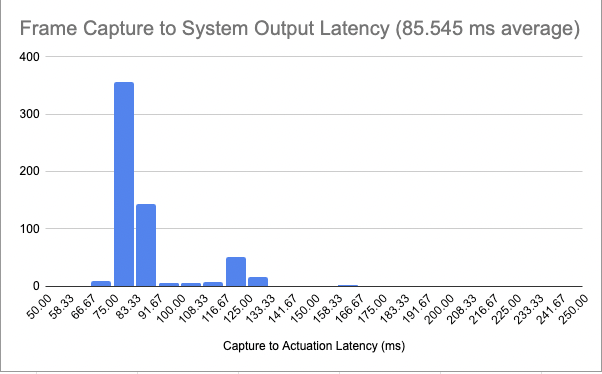I spent the majority of this week working on the Kalman filter for our model output, conducting tests, and working on our upcoming deadlines. Here is what I did this past week:
-
- Made and integrated Kalman filter
- I worked independently on writing Kalman filter code for the model output
- The goal of the system is to reduce noise associated with model output
- The system achieves the desired effect of reducing unnecessary state transitions and reducing noise
- Still needs to be tuned for video and final demo
- Set up and tested system in demo room
- Made sure that the jetson will be able to set up on ethernet in our demo room
- Began work on poster and video
- Added poster components related to the web app subsystem
- Conducted user tests with 3 people
- Had them use the system and give feedback on the UI and system usabiliity/practicality
- Worked with Kapil on Jetson BLE integration. Researched a few options and ultimately found a suitable usb dongle for Bluetooth.
- Made and integrated Kalman filter
Goals for next week:
- Tune Kalman filter
- Further prepare system for video and demo
- Finish final deadlines and objectives








